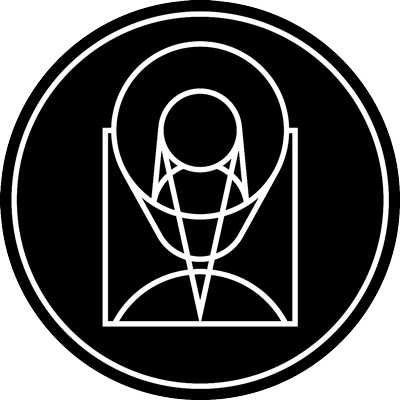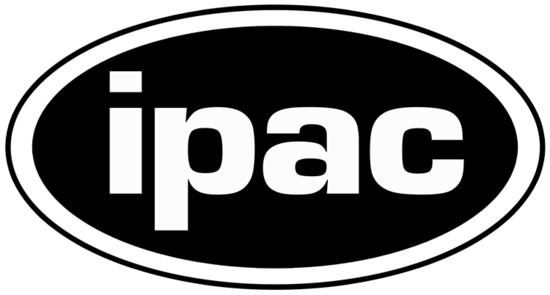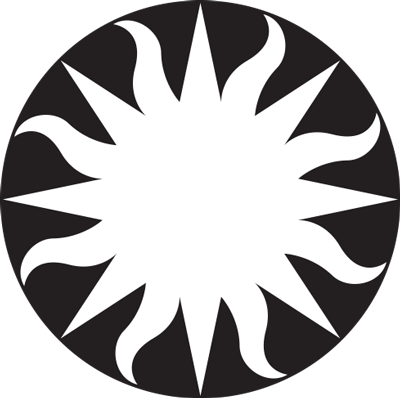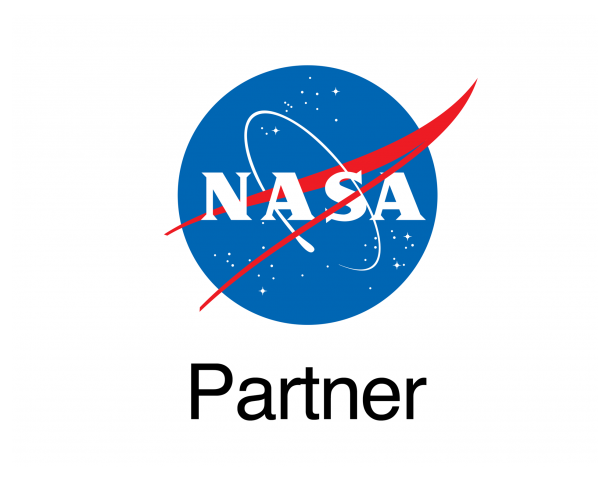Rings and things

esahubble_potw2433a August 12th, 2024
Credit: ESA/Hubble & NASA, I. Chilingarian
The subject of this week’s circular Hubble Picture of the Week is situated in the Perseus Cluster, also known as Abell 426, 320 million light-years from Earth. It’s a barred spiral galaxy known as MCG+07-07-072, seen here among a number of photobombing stars that are much closer to Earth than it is. MCG+07-07-072 has quite an unusual shape, for a spiral galaxy, with thin arms emerging from the ends of its barred core to draw a near-circle around its disc. It is classified, using a common extension of the basic Hubble scheme, as an SBc(r) galaxy: the c denotes that its two spiral arms are loosely wound, each only performing a half-turn around the galaxy, and the (r) is for the ring-like structure they create. Rings in galaxies come in quite a few forms, from merely uncommon, to rare and astrophysically important! Lenticular galaxies are a type that sit between elliptical and spiral galaxies. They feature a large disc, unlike an elliptical galaxy, but lack any spiral arms. Lenticular means lens-shaped, and these galaxies often feature ring-like shapes in their discs. Meanwhile, the classification of “ring galaxy” is reserved for peculiar galaxies with a round ring of gas and star formation, much like spiral arms look, but completely disconnected from the galactic nucleus - or even without any visible nucleus! They’re thought to be formed in galactic collisions. Finally, there are the famous gravitational lenses, where the ring is in fact a distorted image of a distant, background galaxy, formed by the ‘lens’ galaxy bending light around it. Ring-shaped images, called Einstein rings, only form when the lensing and imaged galaxies are perfectly aligned. [Image Description: A galaxy. It is almost circular. It has a glowing bar stretching across its core; from the ends of the bar, thin spiral arms wrap around the galaxy to form a closed disc. The arms are fuzzy from the dust and stars they contain. The galaxy is on a black, mostly-empty background. A few foreground stars with cross-shaped diffraction spikes can be seen, as well as some distant galaxies in the background.] Links Pan of MCG+07-07-072
Provider: Hubble Space Telescope | ESA
Image Source: https://esahubble.org/images/potw2433a/
Curator: ESA/Hubble, Baltimore, MD, United States
Image Use Policy: Creative Commons Attribution 4.0 International License

- ID
- potw2433a
- Subject Category
- Subject Name
- MCG+07-07-072
- Credits
- ESA/Hubble & NASA, I. Chilingarian
- Release Date
- 2024-08-12T06:00:00
- Lightyears
- Redshift
- Reference Url
- https://esahubble.org/images/potw2433a/
- Type
- Observation
- Image Quality
- Distance Notes
- Facility
- Hubble Space Telescope, Hubble Space Telescope, Hubble Space Telescope, Hubble Space Telescope, Hubble Space Telescope
- Instrument
- WFC3, WFC3, WFC3, WFC3, WFC3
- Color Assignment
- Blue, Cyan, Green, Green, Red
- Band
- Ultraviolet, Optical, Optical, Optical, Optical
- Bandpass
- UV, g, g, I, I
- Central Wavelength
- 300, 475, 475, 814, 814
- Start Time
- Integration Time
- Dataset ID
- None, None, None, None, None
- Notes
- Coordinate Frame
- ICRS
- Equinox
- J2000
- Reference Value
- 50.172196679628165, 42.8039927312597
- Reference Dimension
- 3988.0, 2146.0
- Reference Pixel
- 1994.0, 1073.0
- Scale
- -1.1007908529973167e-05, 1.1007908529973167e-05
- Rotation
- 61.559999999999931
- Coordinate System Projection:
- TAN
- Quality
- Full
- FITS Header
- Notes
- Creator (Curator)
- ESA/Hubble
- URL
- https://esahubble.org
- Name
- Telephone
- Address
- ESA Office, Space Telescope Science Institute, 3700 San Martin Dr
- City
- Baltimore
- State/Province
- MD
- Postal Code
- 21218
- Country
- United States
- Rights
- Creative Commons Attribution 4.0 International License
- Publisher
- ESA/Hubble
- Publisher ID
- esahubble
- Resource ID
- potw2433a
- Resource URL
- http://esahubble.org/media/archives/images/original/potw2433a.tif
- Related Resources
- Metadata Date
- 2024-08-04T15:13:52+02:00
- Metadata Version
- 1.1
Detailed color mapping information coming soon...















